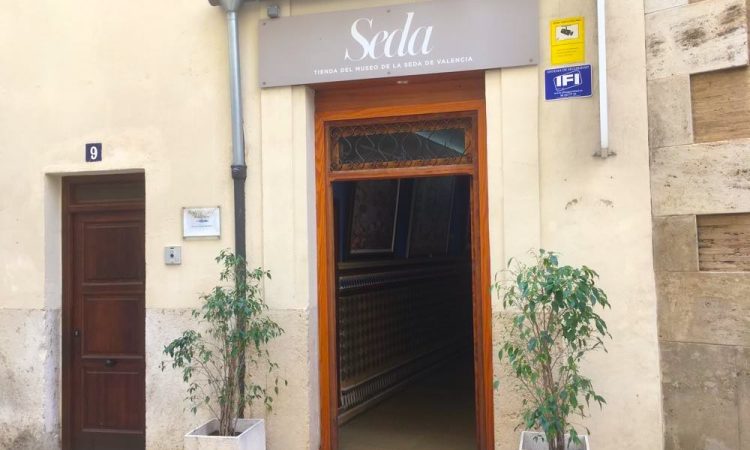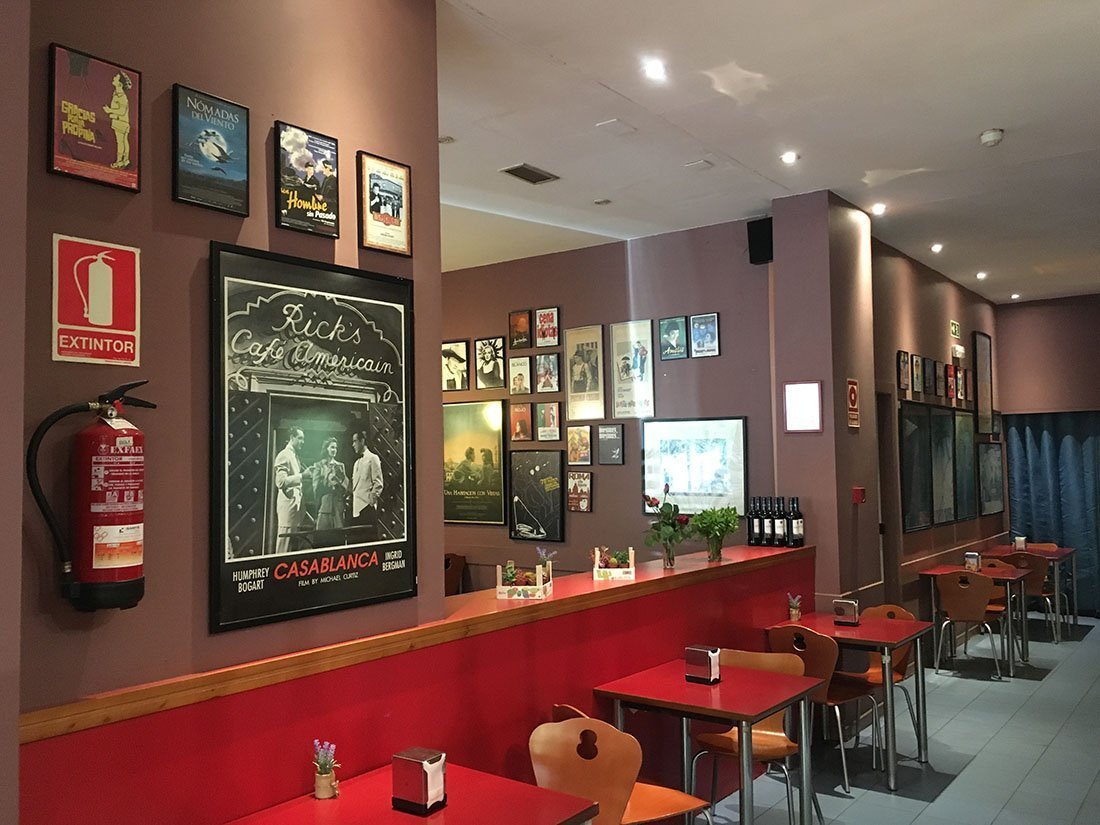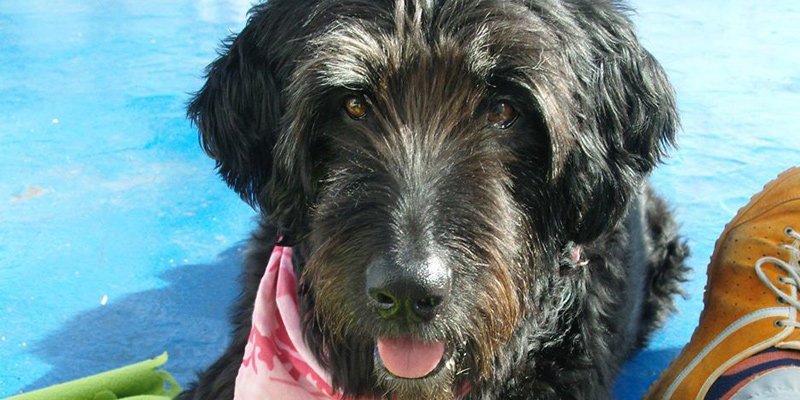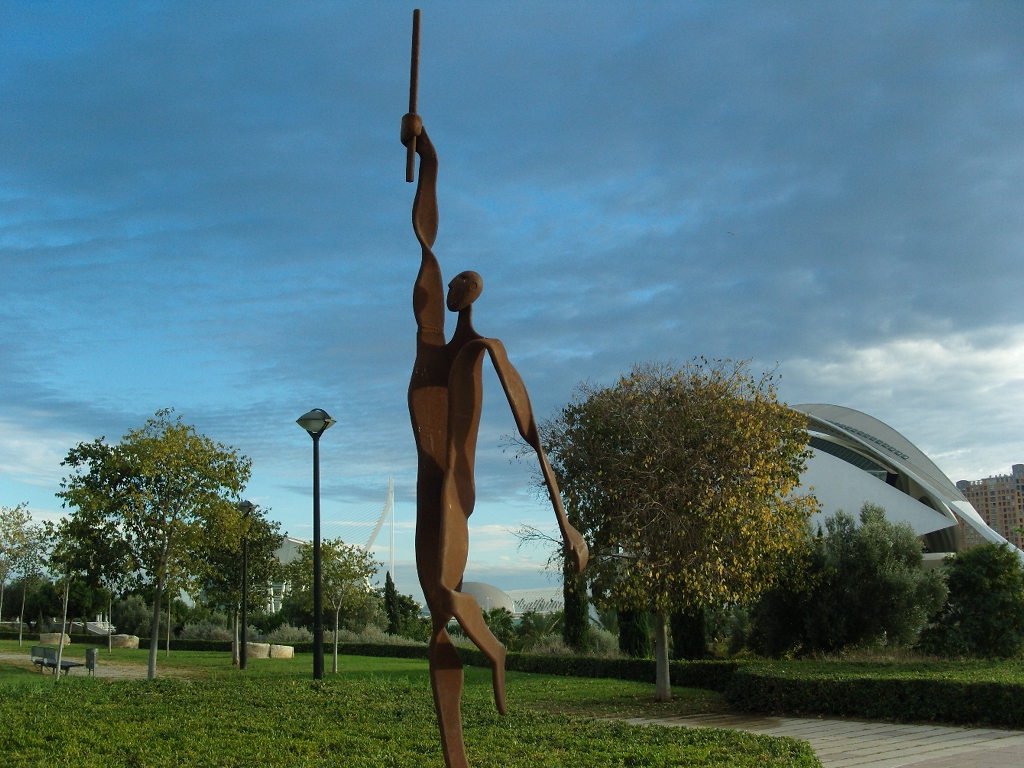Museums
College of High Silk Art IN VALENCIA

The route in Asia known as the silk road was developed from the first century BC to enable trade with products such as leather, carpets and especially silk.
According to the The College of High Silk Art, the name silk road was given by the German geographer Ferdinand von Richthofen as late as 1877. China dominated the manufacture of silk for several several hundred years until their secrets were revealed.
Fast forward through many centuries of development to see the arrival of silkworms with the Arabs and local cultivation of mulberry. This resulted in half of the population in Valencia working directly or indirectly on silk by the late eighteenth century.
A fairly underwhelming exterior of the silk museum opens up to some of the most stunning interior architecture and design elements. These include highly impressive tiled floors and baroque murals. An extensive library of books reaching back some five hundred years reveals how silk contributed to the city’s wealth.
By Vincent Green, February 18 2024
Colegio del Arte Mayor de la Seda
Calle Hospital, 7
46001 València
+34 963 511 951

ORIGINAL LANGUAGE MOVIES
Try Cines Babel and Yelmo Cines for a great selection of up to date entertainment. Keep your eye out too for occasional specials at La Filmoteca of the Institut Valencia de Cultura.

PETS IN VALENCIA
Nowadays in Spain, people have warmed to humanity’s best friend and other pets. The Turia riverbed park is a marvellous, natural place for pets to stroll, play and interact with each other. Small areas are fenced off for dogs.
Walking in Valencia.
The Turia, as the river is known, reaches from the Biopark in the north-west to the City of Arts and Sciences in the south-east. It offers an enormous variety of spaces for indoor and outdoor sports. Magnificent trees, some blossoming in bright colours, offer important shade for walking.

